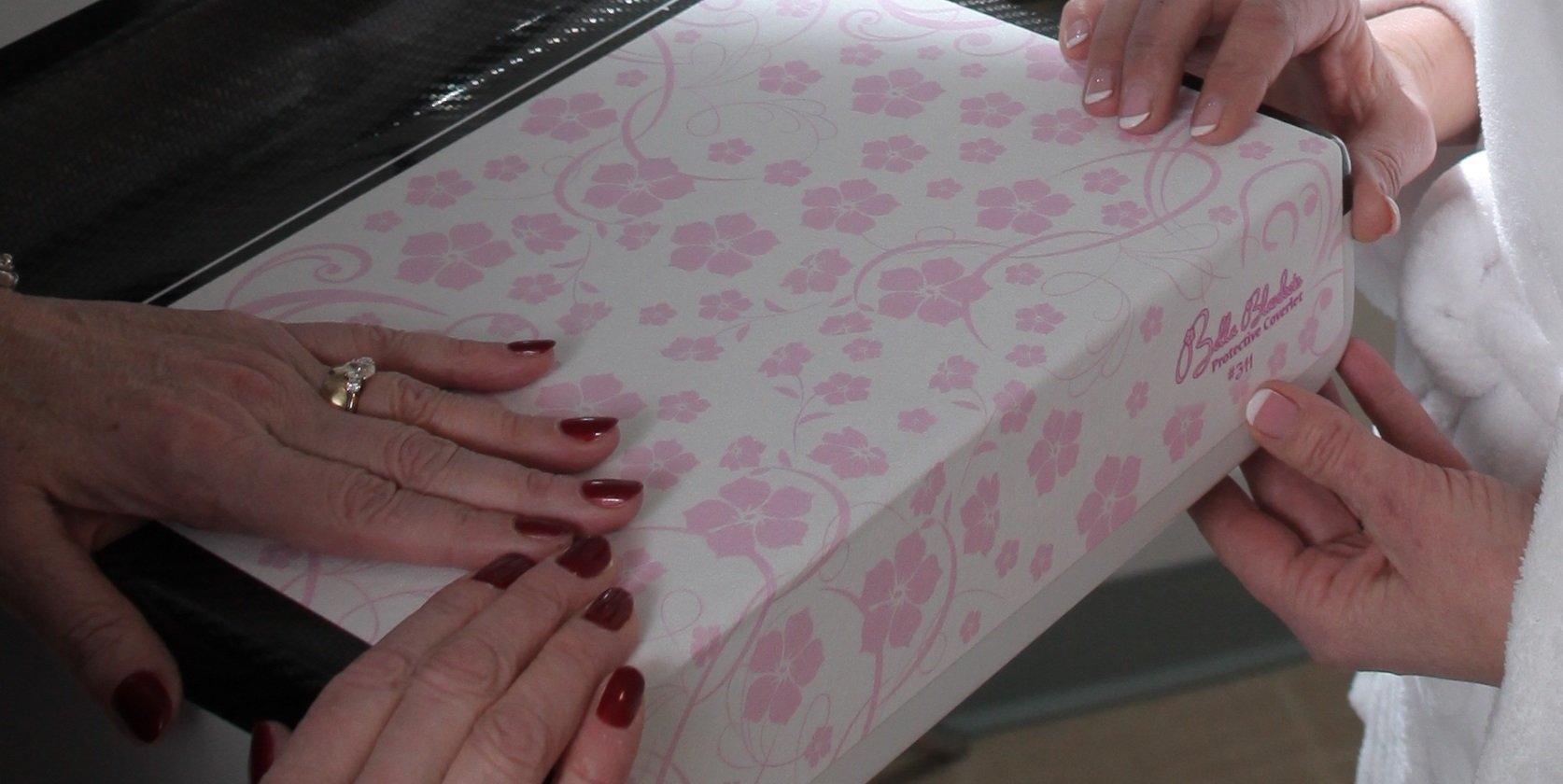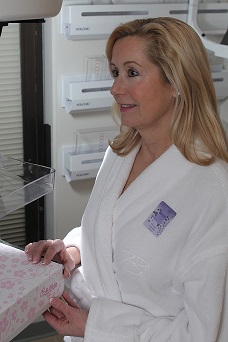
Dawn Herzog, Breast Center Supervisor at Blessing Hospital in Quincy, IL had a dilemma.
She, her staff, and her patients had high levels of satisfaction with the receptor plate covers her center used on every mammogram, but with an average 20-35 patients per day, the covers could be costly.
Dawn also noted that when reviewing images for ACR, there were some opportunities for improvement with tissue acquisition on certain patients. She and her staff felt that the thickness of their receptor plate cover restrained how close they could get the chest wall to the plate. “We found that when we had smaller breasted women and those that had lesions or calcifications toward the chest wall, we would sometimes have to take off the cover in order to actually get that image.”
With patient satisfaction her #1 priority, how could Dawn offer a better mammogram experience for her patients and still ensure she and her staff captured the most breast tissue possible for the early detection of breast cancer?
An alternative receptor plate cover is introduced
Dawn looked at Beekley Medical’s Bella Blankets® protective coverlets for mammography mostly from a financial perspective, but also because of the tissue acquisition challenges they experienced periodically.
However, she was a little hesitant to try Bella Blankets - she wasn’t sure how something so thin could be as pleasing for her patients as the thicker cover she currently used. She questioned how receptive her patients would be to them. It turned out to be a non-issue, Dawn noted, as during her evaluation of Bella Blankets her "patients really didn’t notice a difference other than how pretty they were." 
Dawn told us that when she had her own mammogram performed with Bella Blankets as the receptor plate cover that she, too, did not notice a difference and actually liked the feel of Bella Blankets better than her previous cover. “I guess it’s the material they (the Bella Blankets) are made out of. I didn’t feel like I was getting that pinching/pulling feeling from underneath the breast.”
She went on to say, “I think the material of the Bella Blankets makes it a more pleasant experience, it’s not necessarily the hardness of the receptor plate. It’s the cover that makes it warmer and your skin doesn’t stick. Just because it’s thin doesn’t mean it’s not as comfortable.”
The switch is made
Dawn converted to Bella Blankets protective coverlets for her breast center in September, 2015. When talking about her experience with Bella Blankets, she told us that her technologists no longer feel they have to take the receptor plate cover off in order to get back to the chest wall and that they were definitely worth the investment – especially when it comes to patient satisfaction.
She told us that if patients are not happy or comfortable with their mammogram experience, they won’t continue to have them. And it’s important to her and her team that women get their mammograms.
If you’re looking for a receptor plate cover that’s a win/win for your patients, staff, and budget why not give Bella Blankets a try?
For an optimal evaluation, Beekley Medical recommends each technologist practice adhering Bella Blankets to the receptor plate using the technique shown in the instructions for use video below in order to familiarize themselves with product application before using with patients for the first time.
Bella Blankets protective coverlets for mammography - Application Instructional Video
For a printable version of Bella Blankets instructions for use and associated product safety information, click here.
Related articles:

Mary Lang Pelton
Director of Marketing Communications
